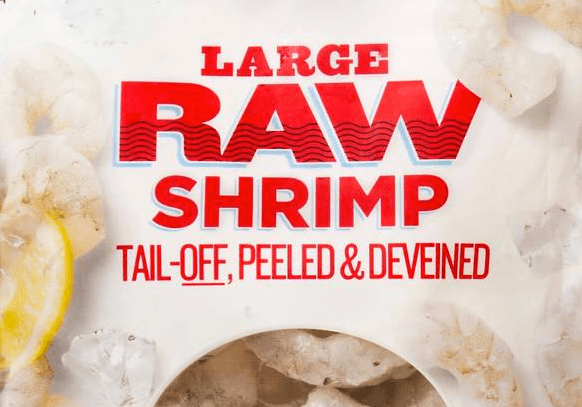
As overfishing depletes the world’s oceans and human rights abuses remain rampant throughout the fishing industry, the pressure is on retailers to ensure that only responsible seafood is sold in their stores. One company that says it is up to the task is Target.
According to a recent post on the company’s website, Target is almost there, due to close work with its environmental partner, FishWise. The Santa Cruz-based NGO works with retailers and consumers to reduce their impact on the world’s oceans through making more informed food purchasing decisions. Since 2011, the FishWise and Target have worked to ensure that all of its seafood is rated a “green” or “yellow” by the end of this fiscal year, based on the Monterey Bay Aquarium’s Seafood Watch ratings program.
The results, after several years, indicate that Target is almost there as its current fiscal comes to a close. The company claims all of its private-label seafood products have met the company’s seafood sustainability goals, and other branded products meet 97 percent of these guidelines.
As is the case with other retailers, Target had to reevaluate its entire supply chain, and assessed vendors based on everything from their human rights records to their traceability standards. FishWise works as a clearinghouse of seafood sustainability certifications, while using tools such as the certification standards set by the Marine Stewardship Council (MSC), Aquaculture Stewardship Council (ASC) and other NGOs such as the Environmental Defense Fund (EDF).
Such action by retailers is going to be necessary if the world’s fisheries stand any chance of recovering from decades of overfishing. According to the UN Food and Agriculture Organization’s (FAO) most recent annual report, the world’s fleet of 4.6 million fishing vessels are harvesting seafood at an unsustainable rate. Almost 60 percent of the world’ fisheries have been fully fished, and over 30 percent have been fished at a biologically unsustainable level. Only 10.5 percent of the world’s fisheries are “underfished,” and that percentage has been decreasing annually as trawlers venture farther to meet global demand.
Target claims its seafood supply chain transformation was “an industry-leading project,” thought that superlative is open to interpretation. Many of the world’s largest retailers have been cleaning up their seafood business over the course of several years. One of them is Walmart, which is widely recognized for have over 90 percent of its seafood certified by organizations such as the MSC and ASC.
Target should consider transferring the success it has had with its seafood products and apply similar standards to more of its grocery items. The company has said it is increasing the number of organic and sustainable products at its stores. But since it boosted the number of its food items to keep sales afloat during the 2008-2009 Great Recession, its grocery business has long been stagnant. Target cannot compete with Walmart and Costco on price, and its food items overall appear pallid compared with the more creative offerings at chains such as Whole Foods and Trader Joe’s.
But the company still has an opportunity to capitalize on the large number of consumers who occupy that lucrative middle ground: they want a nicer shopping experience than what avails them at a Walmart or within the conventional supermarket chains. However, they also do not have the budget to shop at pricey Whole Foods or Costco (or do not want or need to buy such massive amounts).
But for years, Target’s grocery section has been that forgotten corner by its customers, who stock up on housewares, clothing and personal care products, but then maybe pick up a few items such as bananas or Archer Farms goodies if they have room in their carts or time in their schedule. Most Target stores hide their grocery sections way in the back, as if they are embarrassed that they are even selling food other than seasonal holiday candy in the first place. It’s time to turn that idea on its head. More products with a conscience, which are competitively priced and attractively presented, could be the spark that lifts Target from its current doldrums. And better seafood is a start.
Image credit: Target

Leon Kaye has written for 3p since 2010 and become executive editor in 2018. His previous work includes writing for the Guardian as well as other online and print publications. In addition, he's worked in sales executive roles within technology and financial research companies, as well as for a public relations firm, for which he consulted with one of the globe’s leading sustainability initiatives. Currently living in Central California, he’s traveled to 70-plus countries and has lived and worked in South Korea, the United Arab Emirates and Uruguay.
Leon’s an alum of Fresno State, the University of Maryland, Baltimore County and the University of Southern California's Marshall Business School. He enjoys traveling abroad as well as exploring California’s Central Coast and the Sierra Nevadas.














